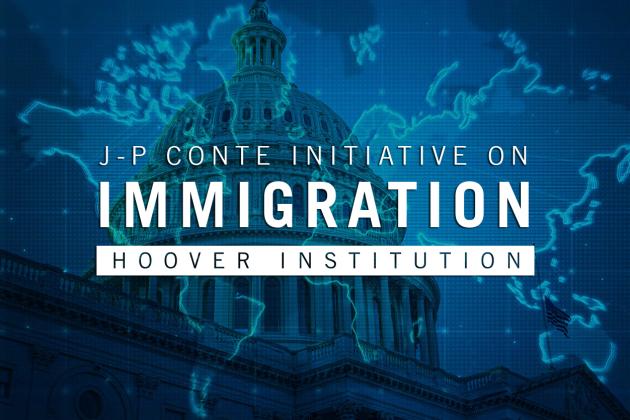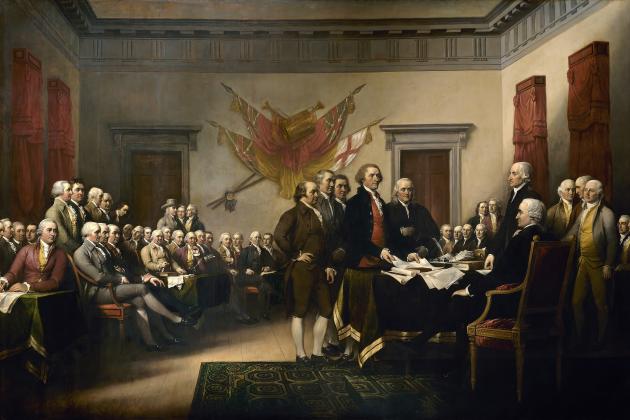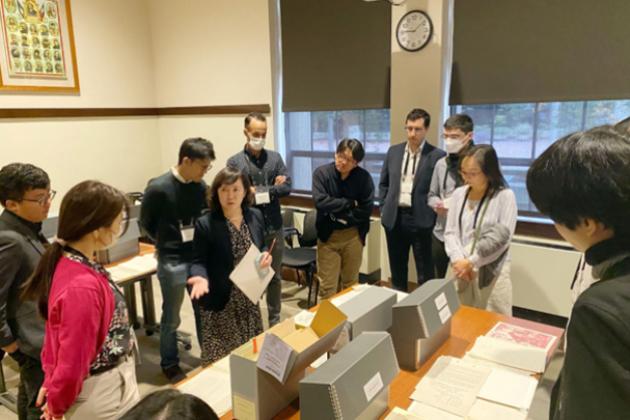PARTICIPANTS
Michael Boskin, Terry Anderson, Daniel Bennett, Peter Berkowitz, David Brady, John Cochrane, Morris Fiorina, Paul Gregory, John Gunn, Rick Hanushek, Nate Hilger, Nick Hope, Ken Judd, David Mulford, John Raisian, Doug Rivers, John Shoven, George Shultz, Richard Sousa, John Taylor, Lei Lei Xu.
ISSUES DISCUSSED
Michael Boskin, Senior Fellow at the Hoover Institution and T. M. Friedman Professor of Economics at Stanford University, discussed “Why Is Social Security So Hard to Reform and What Can Be Done About It?”
Michael gave a review of the Social Security program, its history and its current financial outlook. Although Social Security has been successful in its stated purpose, reducing poverty among the elderly, the legislated amount of benefits and taxes are unsustainable. Demographic pressures and rising real benefits have resulted in a trust fund that will be exhausted within the next 20 years.
Participants discussed the difference between 75 year versus the infinite horizon projections. John Cochrane pointed out that with favorable assumptions about population and real wage growth the program would not need any reform, but the consensus among participants was that such a scenario is unlikely. Participants agreed that the Social Security program needs reform. Michael showed some recent polls suggesting that the majority of Americans also believe that Social Security is heading for a crisis. Those same polls however show that there is mixed support for specific reforms that could improve the financial outlook of the program. Participants discussed how voters can misunderstand the implications of certain reforms. Michael pointed out that voter’s misperceptions play a crucial role in determining which reforms are politically feasible.
Michael presented the remainder of the research in three parts. First, calculating the expected present value of benefits and taxes for archetypal worker groups assuming the program can continue as currently legislated. Secondly, calculating expected present values assuming one of several possible reforms is enacted. Thirdly, comparing these reforms in hypothetical referendums to determine what kinds of reforms could likely garner enough support to be politically feasible.
1. Michael partitioned the population into 112 archetypical worker groups who differ based on their marital status, income, and age. The expected present value of benefits and taxes were calculated assuming that the workers will pay taxes and collect benefits as currently legislated. Michael showed that there is a huge difference in the expected net present value of Social Security when all taxes and benefits are considered compared to when only the taxes and benefits that have yet to be paid or received are considered. Many of the archetypal workers have negative net expected present value of the program over their lifetime, but by age 45 the expected present value of benefits exceeds the expected present value of the taxes that remain to be paid for almost all workers. The analysis follows the usual convention of not incorporating feedback from incentive effects from higher taxes or changes in benefits.
Michael argued that this is one of the major reasons that the program is so difficult to reform, because so many people who have paid into the program for a number of years have more to gain from maintaining the status quo than from reform.
2. Michael examined 7 archetypal reforms that would approximately close the 75 year deficit. These included benefit cuts that affect all beneficiaries and benefit cuts that exempt retirees and those near retirement, both now and when the trust fund is exhausted. He discussed payroll tax increases both now and when the trust fund is exhausted, and finally slowing the rate of benefit growth by indexing initial benefits to prices rather than wages.
Michael presented the distribution of expected net present values assuming a benefit cut that affects all beneficiaries is implemented immediately. While the majority of people have a greater net present value of taxes than benefits over their lifetime, over 70% have a greater net present value of benefits than taxes when only their future transfers are considered.
3. Michael introduced the idea of a potential referendum, where people are assumed to calculate accurately the expected net present value of Social Security under two different reform proposals and then vote for the reform which provides them a greater expected net present value.
First a hypothetical referendum comparing a benefit cut in 2016 to a benefit cut in 2036 was considered. Michael showed that although a majority of the population 18 and over prefer a benefit cut in 2016 to a benefit cut in 2036, if voters participate at historic levels a benefit cut in 2016 would lose a hypothetical referendum to a benefit cut in 2036. Michael pointed out that this is due to low voting participation rates among the young.
Historical voting patterns were collected from survey data and averaged over the last 4 national elections. Michael presented 8 different voting scenarios, including American voting proclivities (by age, income, and marital status), Americans adopting European voting proclivities where the young vote at almost the same rates as the rest of the population, voters internalizing the effects of reforms on their children, and a voting trust being formed to vote in the referendum on behalf of children. Participants discussed possible different ways of calculating voting proclivities.
Young voters tend to prefer reforms that are enacted sooner rather than later because older generations then bare some of the costs of the reform. In many of the hypothetical referendums, reforms the young prefer are less likely to beat reforms that older generations prefer, because the young are much less likely to vote. Michael showed however that the young participating at the levels of their European counterparts would be sufficient for a benefit cut in 2016 to win a referendum against a benefit cut in 2036.
Next a hypothetical referendum comparing price indexing initial benefits to a tax increase in 2036 was considered. Young workers prefer price indexing initial benefits to a tax increase in 2036, but again because of their historically low participation the preferences of older cohorts wins out and price indexing loses to a tax increase. Michael however showed two alternative situations where price indexing wins the hypothetical referendum. First, if parents add their children’s expected net present value to their own when deciding which reform to vote for price indexing would win. Second, Michael considered a case where a trust is established to vote on behalf of children under 18. Michael showed that in this instance also, with the trust representing the interests of the young, price indexing would win a hypothetical referendum against a tax increase in 2036.
Finally Michael showed an extensive list of hypothetical referendums comparing pairs of reforms under various voting assumptions.
John Cochrane and others discussed the assumption that people vote in their financial best interest, pointing to the young’s support of Bernie Sanders which suggests that people do not vote in their best interest or do not understand what their best interest is. Participants also discussed the ability of opponents to frame the referendums in unfavorable ways, and that as an insurance program the net present value of Social Security may be a poor approximation of what the program is worth to people. David suggested that a survey could be designed to attempt to better measure how people value Social Security and how they might respond to information about reforms and the status of Social Security.
Michael concluded that the main insights his research demonstrated are that,
1. Framing matters. If people expect that nothing will happen to social security, or that future unborn generations will be able to bear the cost, then it will be very hard or impossible to reform social security. People need to understand what is at stake and what will happen if a reform is to be politically feasible.
2. Many reforms are not feasible unless the interests of the young are more heavily represented than they have been in previous elections.
3. In general and conditional on how a referendum is framed, tax increases are preferred to benefit cuts, although price indexing of benefits tends to do well in hypothetical referendums.
4. Inertia among voters makes reform more difficult.
Future work on this research will include designing transfer schemes around these reforms to build winning coalitions, voting at a future time, and allowing expectations about the future to differ among archetypical workers.









